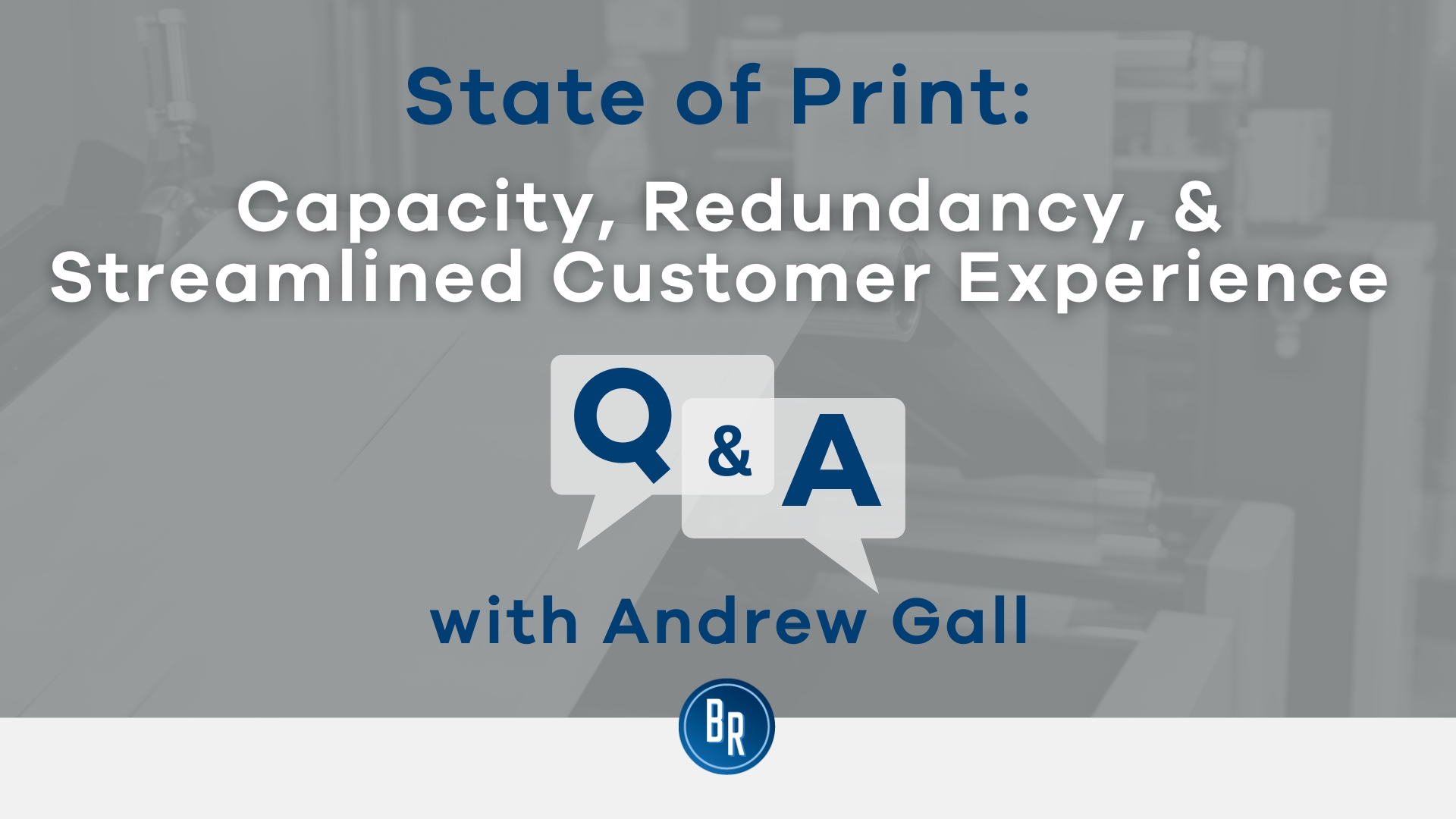Small Business Closing Employee Rights UK: Making Sure Fair Redundancy Pay
Small Business Closing Employee Rights UK: Making Sure Fair Redundancy Pay
Blog Article
Checking Out the Operational Dynamics of Business Redundancy and Its Long-Term Sustainability

Redundancy Methods for Company Connection
In order to guarantee nonstop operations, companies must apply effective redundancy methods for organization continuity. Redundancy in this context refers to the replication of crucial elements or features within a system to minimize the effect of possible failings. By incorporating redundancy techniques, organizations can boost their resilience versus disturbances brought on by various factors such as natural catastrophes, devices failures, or cyber-attacks.
One usual redundancy strategy is the implementation of backup systems and data storage options. This entails developing matches of important information and systems that can be turned on in instance of a key system failing. In addition, organizations can establish redundant interaction networks and source of power to keep connection and procedures during unexpected events.
Furthermore, cross-training employees to perform multiple roles within the business can act as an important redundancy technique. If vital workers are unavailable due to ailment or other reasons, this makes certain that crucial jobs can still be brought out also. On the whole, reliable redundancy methods are crucial for services to support functional continuity and minimize the effect of possible disturbances.
Impact of Redundancy on Business Durability
Given the essential function redundancy techniques play in ensuring company continuity, discovering the impact of redundancy on business resilience comes to be imperative for recognizing the holistic functional characteristics of a business. Organizational durability describes an entity's ability to adapt to disruptions, recuperate from setbacks, and transform when essential while maintaining core features. Redundancy, when purposefully executed, can significantly contribute to boosting an organization's strength in the face of unexpected difficulties. By having back-up systems, personnel, or processes in position, firms can better hold up against shocks and continue operations with very little disturbance.
Furthermore, redundancy can boost employee spirits and self-confidence, understanding that there are contingency plans in area to address unforeseen circumstances. This sense of security can result in enhanced efficiency and a more positive workplace. In addition, redundancy can cultivate technology and creative thinking within an organization as workers feel empowered to take calculated threats, understanding that there is a safeguard to support them in case of failing. On the whole, the effect of redundancy on business resilience is extensive, shaping the long-lasting sustainability and success of a company.
Stabilizing Effectiveness and Versatility in Redundancy
Accomplishing a harmonious stability in between operational performance and flexible flexibility is a crucial difficulty in the strategic release of redundancy within companies. Effective procedures are crucial for keeping productivity and cost-effectiveness, guaranteeing that resources are made use of efficiently. However, too much emphasis on performance alone can result in strength, making it difficult for companies to adjust to unanticipated adjustments or difficulties. On the various other hand, flexibility enables companies to respond nimbly to progressing circumstances, promoting innovation and durability. Yet, excessive versatility without a strong operational foundation can cause ineffectiveness and inconsistency.
To stabilize performance and adaptability in redundancy preparation, organizations need to meticulously evaluate their functional needs, market characteristics, and tactical objectives. Executing lean practices can improve efficiency by enhancing processes and eliminating waste, while fostering a society of adaptability and continuous improvement can improve flexibility. Furthermore, spending in cross-training programs and robust interaction channels can aid grow a functional labor force with the ability of handling diverse jobs throughout periods of shift. Ultimately, locating the ideal stability in between efficiency and flexibility is essential for building a lasting and resistant company despite uncertainty.
Long-Term Sustainability Via Redundancy Planning
To make sure long-lasting feasibility and stability, companies must purposefully align their redundancy preparation with long-term sustainability objectives, thus integrating operational performance with adaptive versatility. Long-term sustainability with redundancy preparation involves greater than simply short-term cost-cutting actions. It requires a thorough tactical strategy that expects future obstacles and chances. Firms ought to watch redundancy not as a responsive service to immediate troubles but as an aggressive technique for long-lasting success. By incorporating redundancy planning with sustainability objectives, companies can develop a resilient structure that can stand up to different market fluctuations and inner modifications.

Aggressive Measures for Sustainable Business Operations
Just how can firms proactively improve their operational sustainability for lasting success? Implementing positive actions is important for firms aiming to make sure lasting procedures. One key technique is to spend in modern technology and innovation to improve procedures, minimize waste, and stay affordable in the marketplace. Adopting sustainable practices such as minimizing energy usage, lessening carbon impact, and enhancing source usage can not only benefit the atmosphere however likewise result in cost savings over time.
Furthermore, promoting a culture of constant improvement and learning within the company can boost adaptability to transforming market problems and go to this site customer needs. Urging staff member participation in decision-making processes and giving chances for expert development can increase spirits, performance, and general efficiency. Establishing clear goals, keeping track of essential efficiency signs, and consistently reviewing development are vital parts of positive sustainability administration.
Working together with suppliers, clients, and other stakeholders to advertise sustainable practices throughout the supply chain can develop a ripple effect of positive impact - redundancy pay if company goes bust. By taking aggressive steps in the direction of operational sustainability, firms can develop durability, drive technology, and protect their lasting success in an ever-evolving service landscape
Verdict

In the world of organizational management, the critical implementation of firm redundancy stands as an essential yet elaborate technique that requires a delicate equilibrium between functional efficiency and long-term feasibility. By dissecting the functional dynamics that underpin firm redundancy and reviewing its wider implications for business resilience and flexibility, a more info here nuanced understanding of how redundancy approaches can shape the future trajectory of a firm begins to unravel.Provided the essential function redundancy strategies play in making sure business connection, exploring the influence of redundancy on business durability comes to be imperative for understanding the holistic functional characteristics of a company. On the whole, the impact of redundancy on organizational durability is extensive, shaping the long-lasting sustainability and success of a firm.
In verdict, understanding the operational dynamics of business redundancy is crucial for guaranteeing long-lasting sustainability.
Report this page